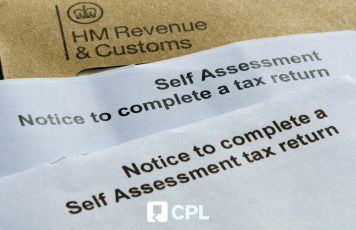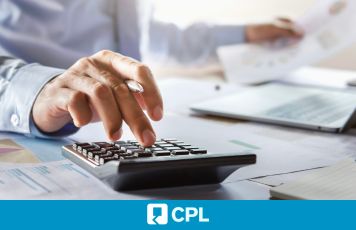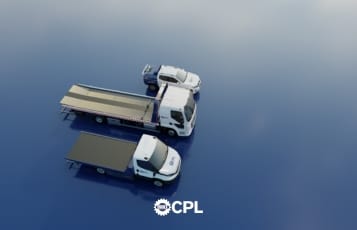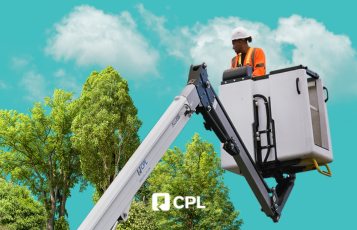Understanding Tax Returns for Sole Traders
A tax return is a document submitted to HM Revenue and Customs (HMRC) each year, summarizing your business income and expenses and calculating the tax you owe. For small business owners and sole traders in the UK, filing a tax return may seem complex, but with a clear understanding of the basics, the process can be much simpler. Here’s an overview to make sense of it all.
What is a Tax Return?
A tax return (also known as a Self Assessment) is a declaration of income and expenses that you submit annually to HMRC. This form shows all sources of income, including business profits, and is used to calculate the tax you owe. For sole traders and small business owners, a tax return typically covers income tax on business profits and, if applicable, National Insurance contributions.
Who Needs to Submit a Tax Return?
Sole traders, self-employed individuals, and those running a small business must submit a tax return if:
- They earned over £1,000 from self-employment.
- They meet other conditions, such as earning additional income from property or investments, or if they are a partner in a business partnership.
Anyone who is self-employed, regardless of income, may submit a tax return to declare income accurately and qualify for certain benefits.

What’s Included in a Tax Return?
The HMRC will ask for details of:
- Business income: All income earned from self-employment or business activities.
- Business expenses: Any costs related to running the business, such as rent, utilities, and materials. These can be deducted from income to reduce taxable profits.
- Allowable expenses: HMRC allows certain expenses to be deducted, such as office supplies, travel for work, and marketing costs. Accurate record-keeping is crucial here, as only allowable expenses can be claimed to reduce your tax bill.
For smaller businesses and sole traders with straightforward finances, HMRC offers a “cash basis” accounting option, where only income and expenses actually received or paid within the tax year are recorded.
National Insurance Contributions (NICs)
In addition to income tax, self-employed individuals pay Class 2 and Class 4 National Insurance:
- Class 2 NICs are a flat rate paid if your business profits exceed a certain threshold (currently £12,570).
- Class 4 NICs are calculated as a percentage of business profits and are added to the income tax liability on your return.
Filing the Return
The tax year in the UK runs from April 6 to April 5 of the following year. Tax returns for a given year are typically due by January 31 of the next calendar year. For example, the tax return for the 2023/24 tax year would be due by January 31, 2025. Returns are filed online, and HMRC offers online accounts where you can complete, save, and submit the form directly.
Tax Payment Deadlines
Once your return is submitted, you’ll receive a final tax bill, which includes both income tax and National Insurance. The deadline to pay any tax owed is January 31, with a further “payment on account” due on July 31 if required. Payments on account are advance payments for the next tax year based on your current tax bill, which helps spread the cost and avoid a large lump-sum payment.
Keeping Records
HMRC requires all business records to be kept for at least five years from the filing date. This includes receipts, invoices, bank statements, and any other documents supporting the figures on your return. Accurate, well-organized records not only simplify the tax return process but also provide essential backup if HMRC ever requests an audit.
















